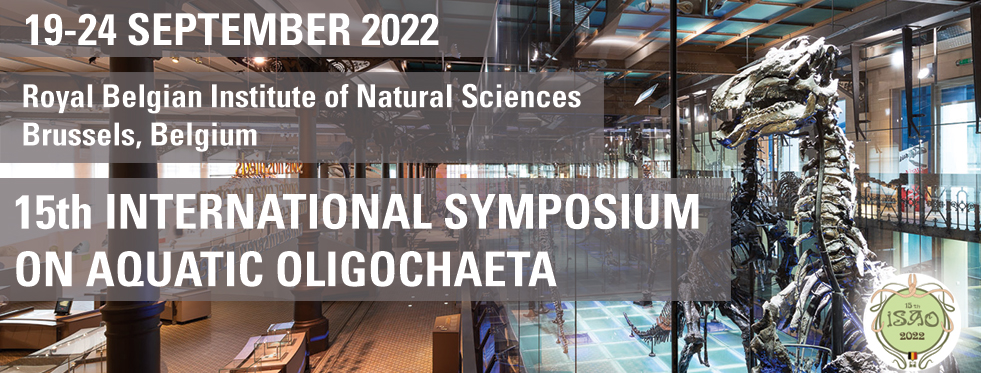California blackworms (Lumbriculus variegatus) are detritivores that typically live in anoxic environments (<0.5 mg L-1 dissolved oxygen). They measure 20-40 mm in length and spend most of their time with their anterior segments burrowed in granular material to forage while waving their posterior regions above them. While blackworms breathe from their mucosal body wall, they supplement respiration using their ciliated hindgut. In shallow water, blackworms obtain oxygen directly in air by placing their tails parallel along the air-water interface. Portions of their tail subsequently break surface tension due to its material property which we hypothesize to contain a series of hydrophobic segments and hydrophilic intersegments. These hydrophobic surfaces provide latching force, allowing worms to hang freely using just the interface. Outside of granular substrates, blackworms form collective “blobs” due to their thigmotactic behavior. After about 50% of the population has latched onto the interface, worm blobs can lift off from the ground. In this talk, we introduce the “worm buoy”, which is a floating collective of blackworms. We estimate that a single worm weighing 7 mg, in air, can support itself by exposing only one segment on the interface. Worms can adjust latching force by dynamically exposing more or less of its tail surface. We hypothesize that the worm buoy promotes collective survival in anoxic environments by allowing smaller worms climb up the structure and obtain oxygen directly from the interface. Furthermore, through year-long timelapse imaging, we present that the worm buoy behavior is time-dependent and occurs seasonally in warmer weather.

 PDF version
PDF version
